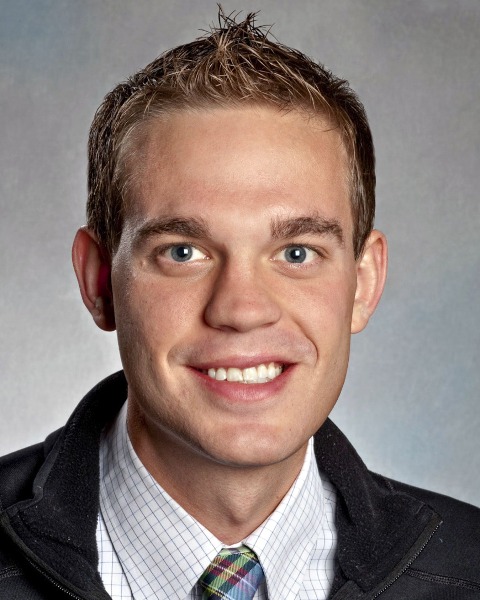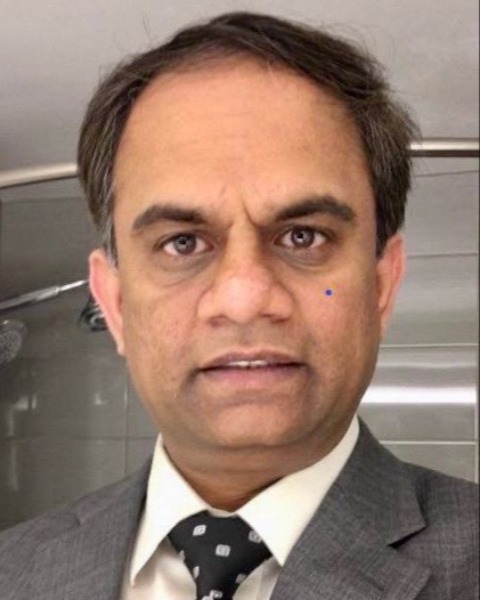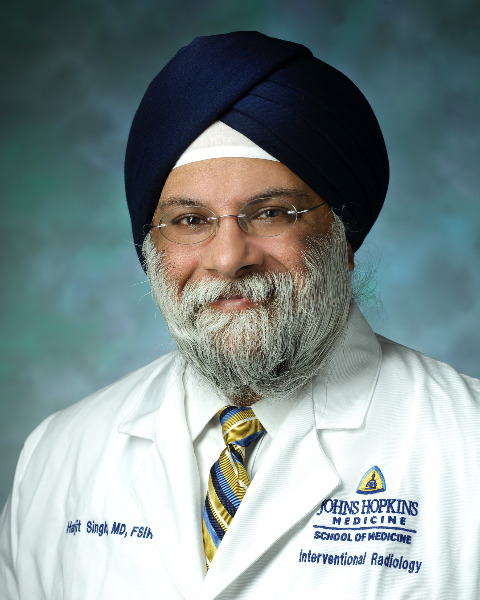Gastrointestinal Interventions
Exploring the Scope of IR Cholangioscopy with Pictorial Essay

Justin J. Guan, MD (he/him/his)
Associate Staff Physician
Cleveland ClinicDisclosure(s): No financial relationships to disclose

Jeffrey Forris Beecham Chick, MD, MPH
Professor of Clinical Radiology
Keck School of Medicine of University of Southern California
Sameer Gadani, MD, FSIR
Associate Professor and Staff
Cleveland Clinic Foundation- RG
Ram Kishore Gurajala, MD
Staff Physician
Cleveland Clinic - RS
Ravi N. Srinivasa, MD, FSIR
Professor of Vascular and Interventional Radiology
UCLA 
Harjit Singh, MD, FSIR
Professor of Radiology and Radiological Science
Johns Hopkins Hospital
Abstract Presenter(s)
Author/Co-author(s)
Understand the role of Cholangioscopy within the multidisciplinary approach to treating patients with hepatobiliary disease.
Understand the indications, peri-procedural management, and procedural techniques for choledochoscopy and cholecystoscopy.
For cholecystoscopy, describe the mucosal changes associated with the four stages of cholecystitis.
For choledochoscopy, describe the visual characteristics associated with benign versus malignant biliary strictures
Background:
Despite IR Cholangioscopy being in existence for five decades, the procedure remains largely underutilized with limited resources detailing how it is performed. This exhibit aims to present the history of IR Cholangioscopy, discuss its role in the multidisciplinary approach to treating patients with hepatobiliary disease, and describe the periprocedural management and techniques of choledochoscopy and cholecystoscopy using pictorial correlation.
Clinical Findings/Procedure Details:
I. History of Cholangioscopy, description of the patient selection, preprocedural preparation, endoscopy equipment set-up including endoscope options, and discussion of how cholangioscopy fits within the multidisciplinary management of patients with hepatobiliary pathology.
II. Basic biliary cholangioscopic findings, including visual characteristics of stones, benign biliary lesions, and malignant biliary lesions, with correlating images.
III. Technical steps of performing choledoschoscopy with respect to visually evaluating biliary duct pathology, biopsies, and stone clearance, each with examples cases and images.
IV. Technical steps of performing cholecystoscopic gallstone clearance in cases of calculous cholecystitis and symptomatic cholelithiasis. The stages of mucosal changes depending on the degree and chronicity of cholecystitis will be presented, with correlating example cases and images.
V. Summary of technical success, complication, and tube removal rates for Cholangioscopy based on literature and the authors' 7-year experience.
Conclusion and/or Teaching Points:
Choledochoscopy is used for 1) visual inspection, with or without biopsy, of biliary strictures or tumors, or 2) removal of biliary stones in patients with anatomy precluding ERCP
Cholecystoscopy is used to treat calculous cholecystitis or symptomatic cholelithiasis in high surgical risk patients
Choledochoscopy has high rates of complete stone removal (85%) and diagnostic accuracy for biliary strictures and tumors (88%); while cholecystoscopy has high reported rates of complete stone clearance with subsequent cholecystostomy tube removal (100%)

.png)
.jpg)
.jpg)
.png)
.png)
.png)
.jpg)
.png)
.png)